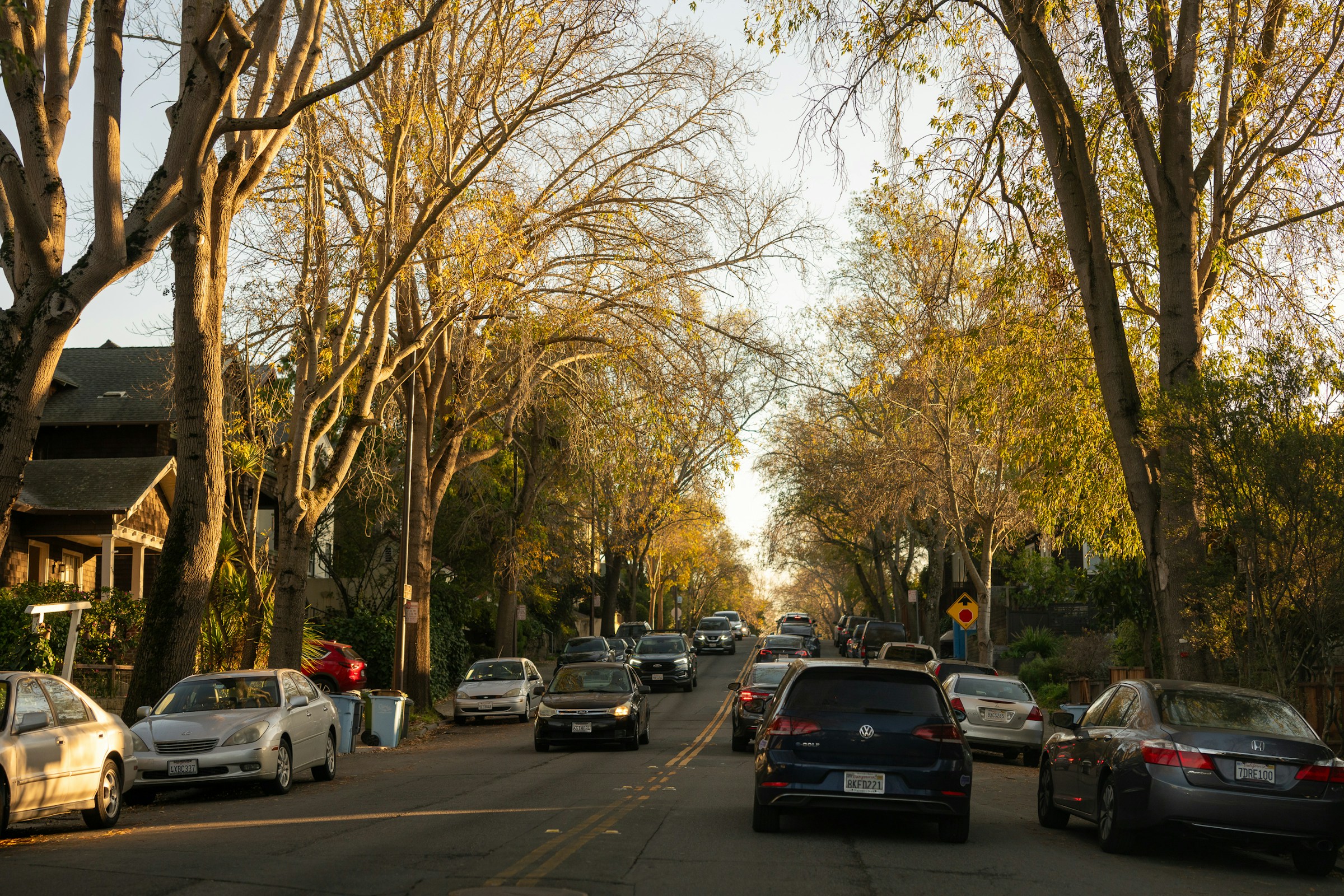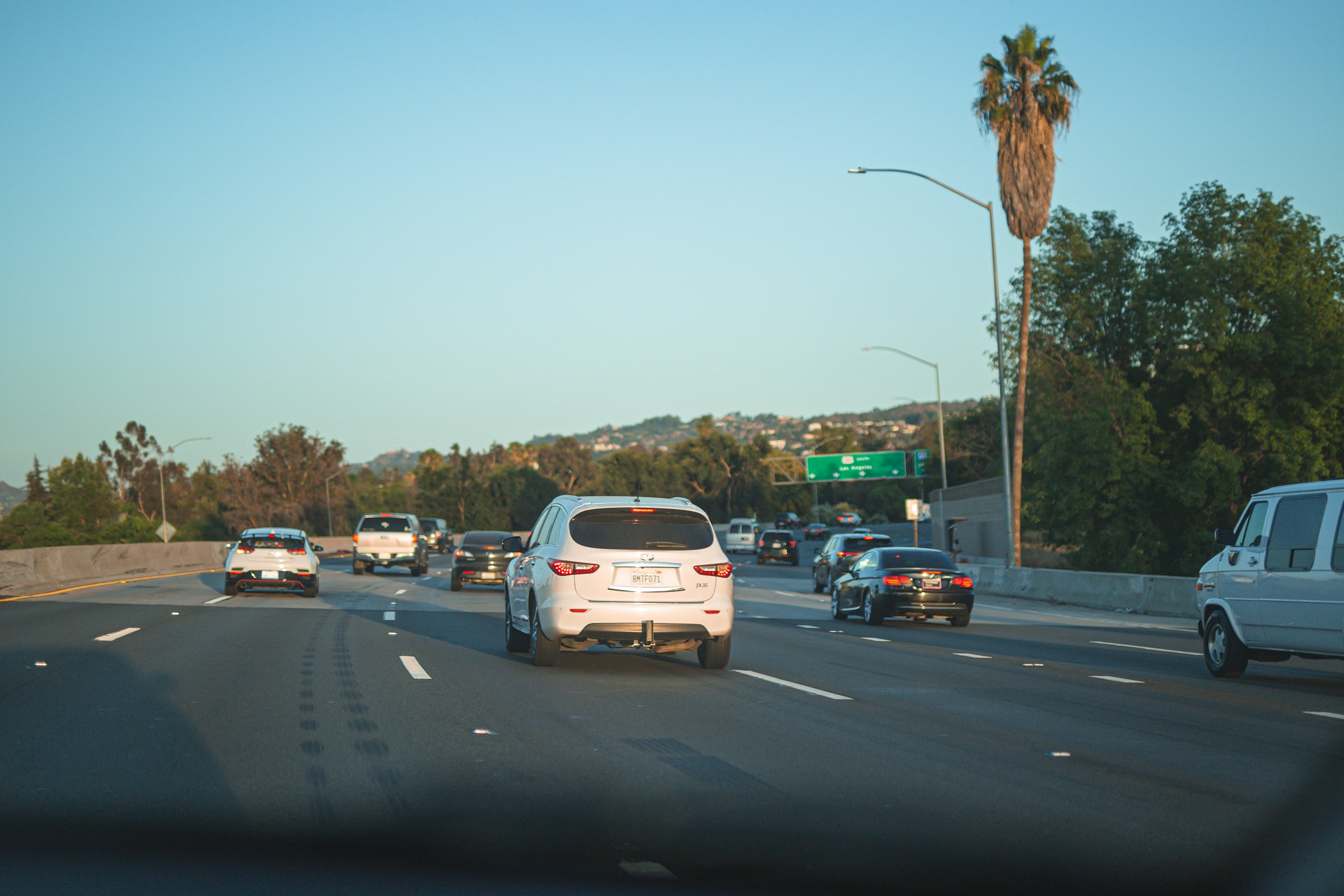If you’re booking a road test in California, your chances can look very different depending on which testing center you use and how you prepare.
The official DMV scoring rules are uniform statewide, but third party but firsthand reports suggest big swings depending on location. Below, we break down what’s actually measured, what the (limited) pass-rate data says, typical fail points we see on California routes, and practical ways to stack the odds.

What the DMV actually scores and what it takes to pass
California uses the non-commercial Class C Driving Performance Evaluation (DPE). To pass, applicants must have no critical driving errors, no more than three errors in the pre-drive checklist items 9–14, and no more than 15 marked errors across scoring maneuvers. The DMV publishes the criteria and a sample score sheet that examiners use statewide.
Do pass rates vary by location? What data exists
Unfortunately the DMV does not publish the pass and fail rates by location. However historical DMV research shows the test has acceptable reliability across various locations, with no evidence that individual examiners or routes use “easier” standards. The data suggests any differences are more about the applicant mix and local driving environments than grading leniency.
However third party aggregations and media often cite wide differences by location. For example, around 30% up to 80% pass-rate ranges across California DMVs (Santa Monica on the low end; Chula Vista among the higher) based on YoGov/HelloSkip compilations and school surveys. We treat those numbers as directional rather than official, but they do match what many learners report anecdotally.
Written test reality check
California’s knowledge exam shows a lot of people fail: a Sacramento Bee analysis of DMV data reported about 39.5% of first time new applicants fail on the first try (and around 58% of renewal applicants), underscoring the importance of studying early.
The DMV allows three attempts before you must reapply; minors must wait seven days between attempts.
Firsthand experiences: what learners say makes some offices feel “harder”
- Heavier traffic & complex downtown grids. Learners in Bay Area and LA threads frequently point to dense traffic, multilane merges, bus/bike interactions, and tight urban turns as stress multipliers that punish hesitation or missed checks. (Example:On reddit Bay Area users describing long waits and multiple queues even with appointments.
- Route familiarity helps. In a Long Beach discussion, locals suggested practicing known routes (YouTube walkthroughs, mock drives) as a confidence boost are consistent with higher self reported pass rates when candidates rehearse driving routes in advance.
Wait times & booking
Appointment availability fluctuates a lot. Live trackers show some field offices spike at peak hours. California DMV has also experimented with extended early hours to reduce bottlenecks.
Most common California fail points we see on routes
Mapped against DMV’s DPE criteria and repeated learner feedback:
- Incomplete traffic checks (most common are blind spot misses and rolling right on red without a full stop). One of these critical errors is an automatic fail.
- Bike lane right turns (merging into the lane correctly before turning).
- Lane discipline (drifting or late lane changes near complex interchanges).
- Speed control (creeping over the limit on wide arterials; too slow can also be penalized).
- Stop sign protocol (soft/rolling stops, poor order of right-of-way at 4-ways).
- Hill parking & curb-side maneuvers (securing wheels, proper sequence).
How to tilt the odds: route-specific practice
Preparation that mirrors the test environment can be a great tool:
- Rehearse probable routes. Often being familiar with the roads can let you focus on the test and make safe decisions. If you want to see what typical drive test paths look like, do mock runs on the same day as your booking.
- Target DPE hot spots. Build reps on bike lane turns, multi-lane merges, and 4-way stops under mild traffic then add peak hour pressure. Use the DMV score sheet as a self-audit checklist.
- Book smart. If you can, choose offices and times with lighter live waits and fewer construction detours. A quieter test window reduces surprises.
- Simulate test day flow. Arrive early enough to settle nerves; do a short confidence loop around the location’s streets to calibrate speed limits and intersection timing.

Why “hard office vs. easy office” is only half the story
DMV research indicates the scoring standard is somewhat consistent; what changes is context such as traffic density, road design and of course the readiness of the driver. That’s why reputable schools sometimes report greater than 80% first-attempt pass rates for their students. Not because examiners are easier, but because drivers are route aware.
Bottom line
- Uniform rules, uneven environments. California’s DPE is scored the same statewide, but local traffic and route complexity create real world difficulty differences.
Study & simulate. Given high written test failure rates and strict DPE thresholds, the biggest wins come from early studying and route specific practice.
Article Last Updated: September 22, 2025.
